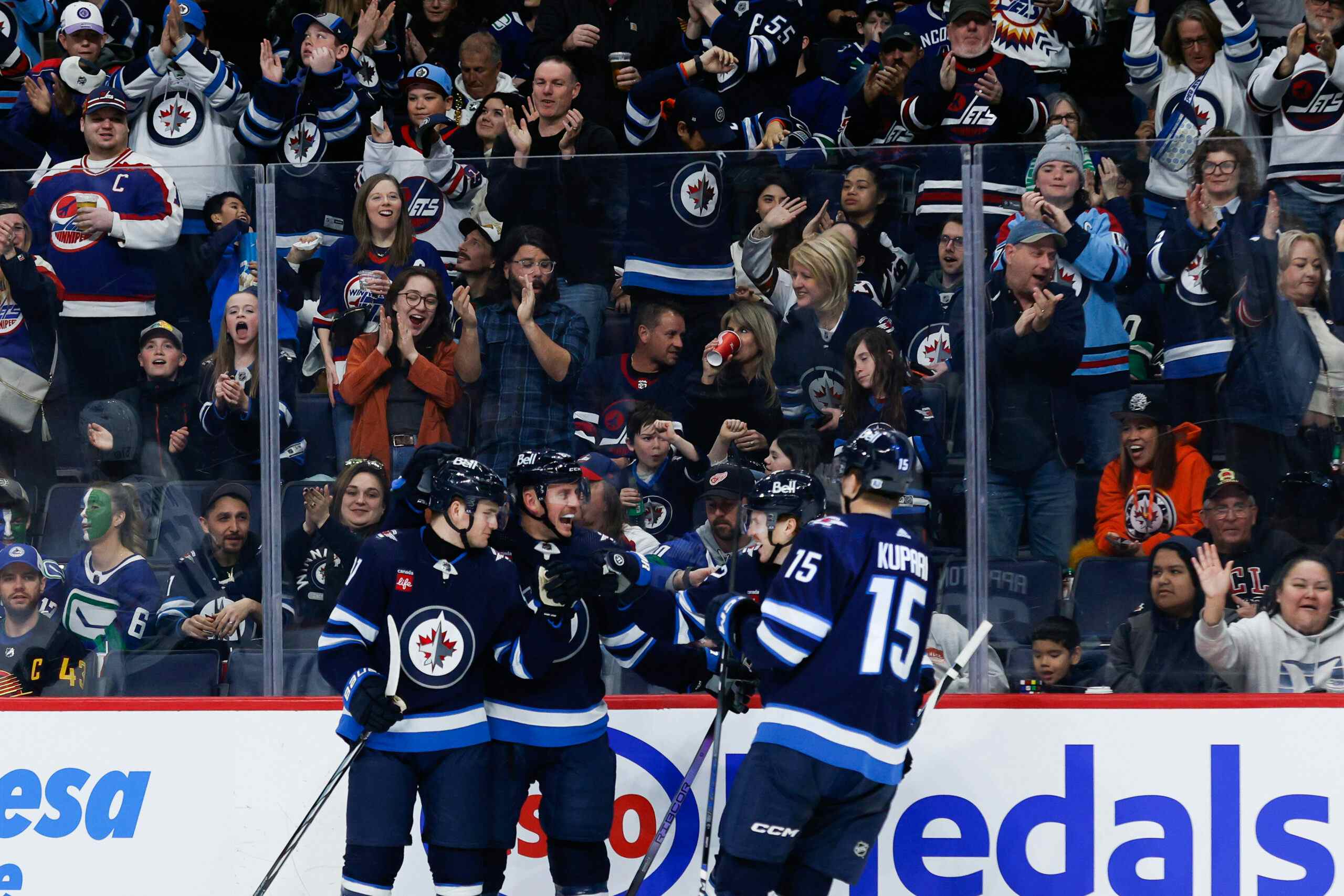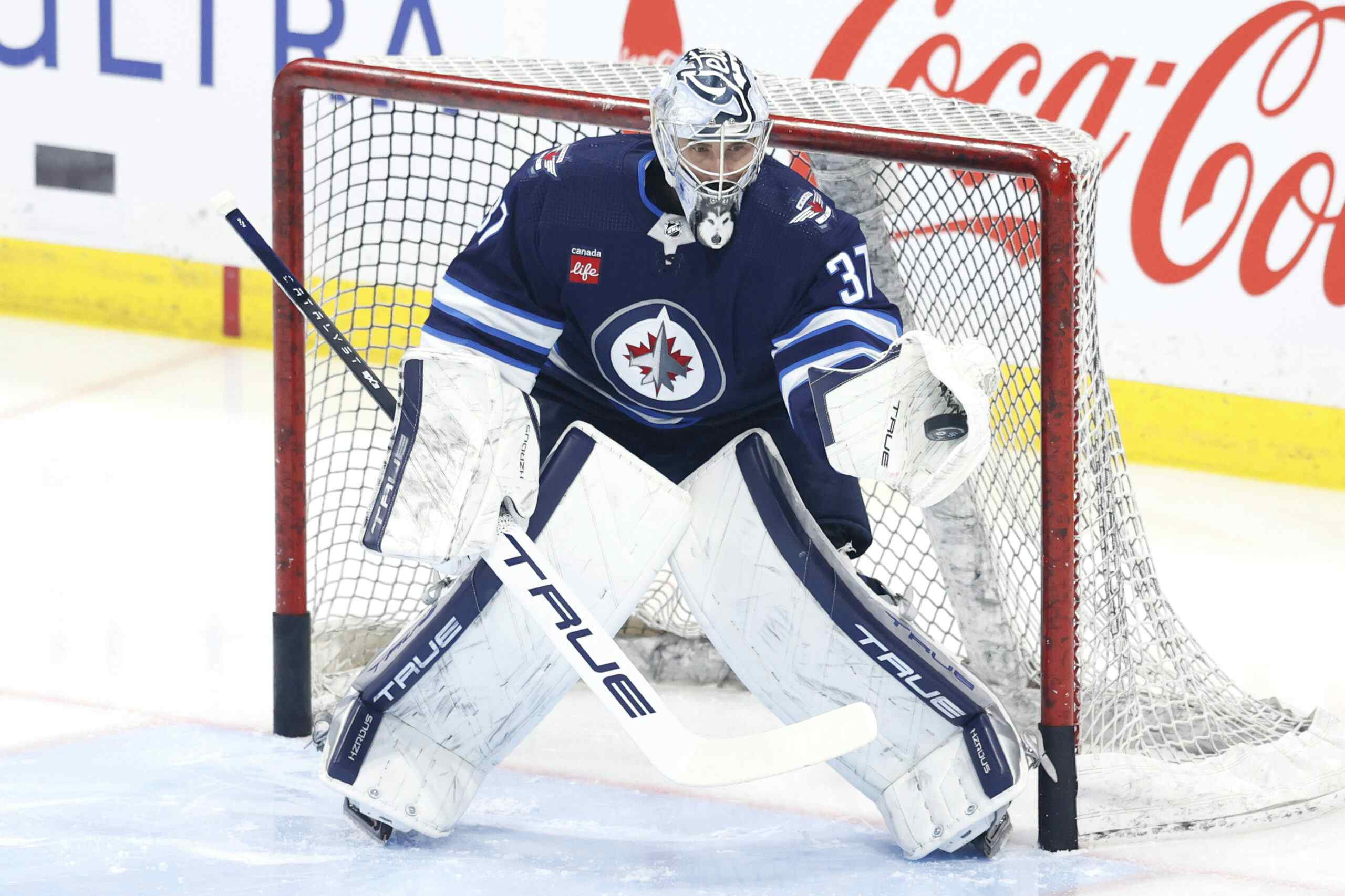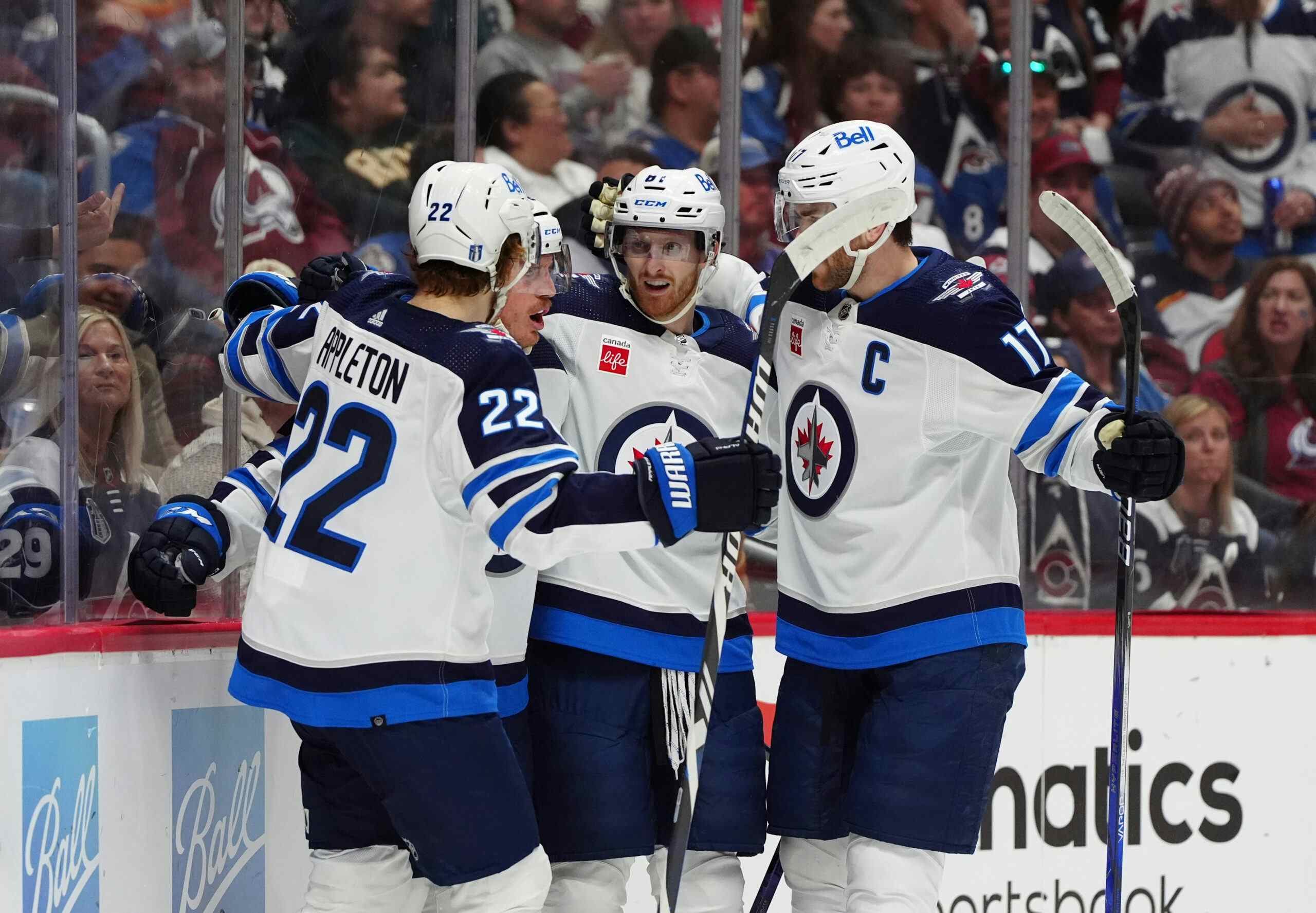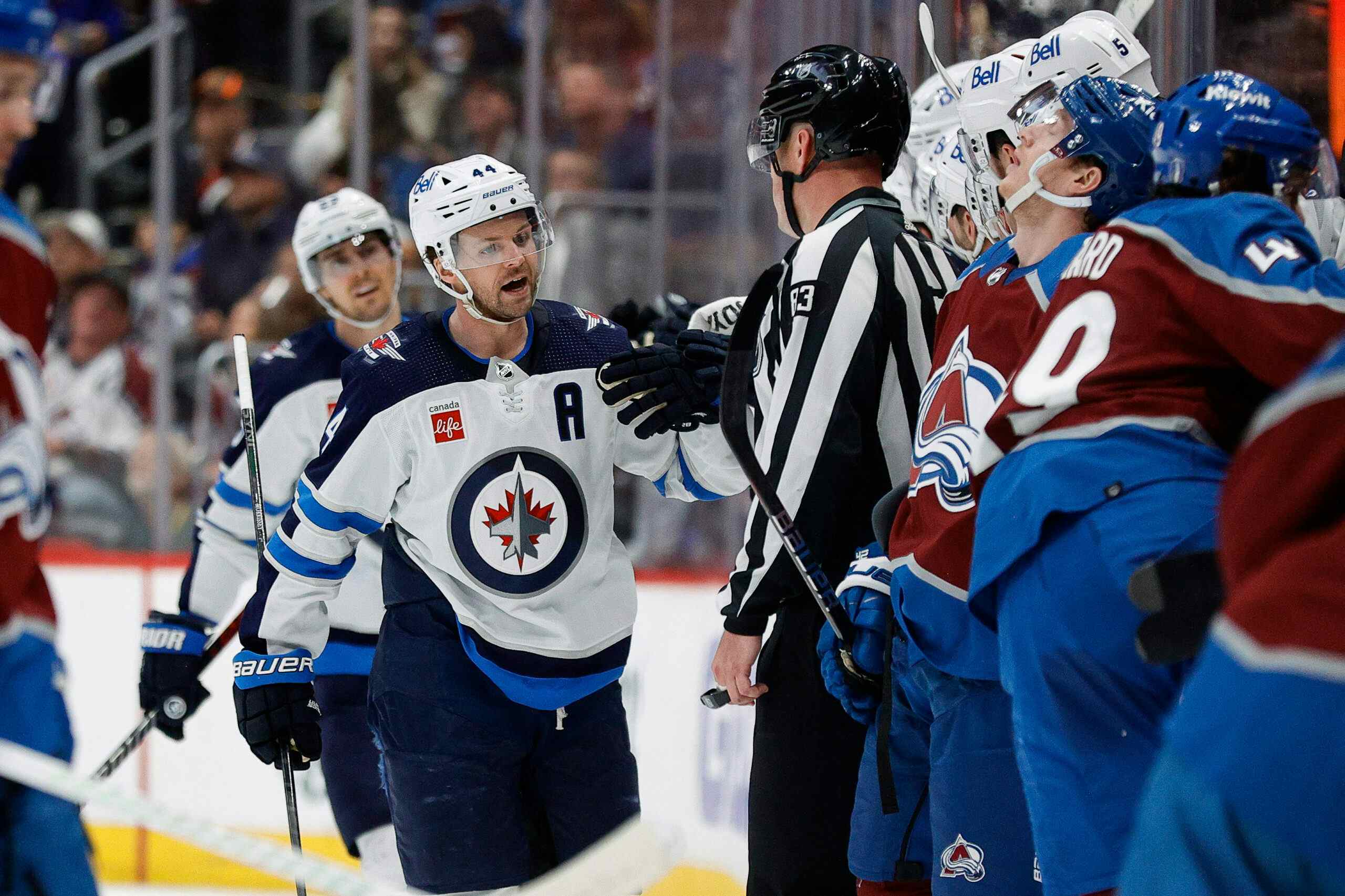Winnipeg Jets best player seasons in Goals Above Replacement
By Garret Hohl
8 years agoWhenever you get a new toy, it is always fun to play with.
Goals Above Replacement is a statistic developed by the good fellows at WAR-on-Ice. It combines penalty differentials, shot differentials, individual shooting effectiveness, and face offs, estimates their impact in terms of goals, and than places that relative to a replacement level player.
Let’s take a look on which players had the best seasons for the Jets in GAR.
Forwards

Honourable mentions to 2011-12 Andrew Ladd, 2013-14 Bryan Little, and 2011-12 Alexander Burmistrov.
It’s no coincidence that the Winnipeg Jets made the playoffs this season and had five of their ten best forward seasons this year.
Bryan Little had an exceptional season this year, especially by the GAR metric. This season Little posted the ninth best Total GAR in the entire league.
Kyle Wellwood has always been one of those players loved by some and under appreciated by many. Wellwood performed well as a Jet from strong shot metric numbers. Somehow he was also the only individual to understand that when playing with Evander Kane, getting in-front of the net for rebounds leads to a tonne of goals.
While Bryan Little should deservingly be considered the Jets 2014-15 MVP, Blake Wheeler has been the best Jet since the move. He has been evolving as a decent shot metric player and is the Jets best performing in scoring.
Mathieu Perreault has been a wonderful addition for the Jets, especially at the bargain price of 3M AAV for three seasons. Perreault posted the highest GAR of his career, mostly due to an increase in ice time. Fans should expect continued success from Perreault though as he has always performed extremely well relative to his ice time.
Evander Kane’s 30 goal season was an interesting one. A 0.906 goaltender was given MVP status. Three of the Jets top five GAR performers were part of a second line that many said was basically a good third line. Kane was a good player and his on-ice performance will be missed, even if not-so by certain fans.
Andrew Ladd is always a player that I use as an example that so-called “intangibles” (actually latent variables is the right term) impact the numbers, although they are hidden within them. Ladd is a leader off the ice, but also on the ice in the way he plays. He is not a “skilled player” in the traditional puck-dangle sense (although he has a pretty solid shot and hand-eye coordination for tips). Ladd impacts the numbers mostly from his relentless hard work. He fights tenaciously in board battles, to gain inside positioning, and to get in-front of the net.
Mark Scheifele’s sophomore year saw the emergence of the young forward, becoming more of the player he was promised to become by those that drafted him seventh overall. Despite being a smart player with a fantastic shot, he actually had an underwhelming scoring year. With his talents though, this should change and Jets fans should be excited.
Defenders

Note: Dustin Byfuglien’s minutes include those as a forward and Johnny Oduya’s minutes include those as a Chicago Blackhawk in the same season.
Honourable mentions to 2011-12 Dustin Byfuglien, 2013-14 Tobias Enstrom, and 2014-15 Paul Postma.
Dustin Byfuglien is an amazing specimen. Some believe erroneously that Big Buff plays as a fourth forward due to his high-risk nature, yet Byfuglien never has a positive impact in underlying numbers whenever he is a forward (and has a severely worse goal differential). Byfuglien only has two seasons on the list but his 201-12 year only missed by the second decimal place and his 2013-14 year was dragged down by his minutes as a forward.
Asking what a person thinks of Tobias Enstrom’s impact is the Jets’ fan eye-test test (or if Buff is a better forward or defender). Enstrom leads all Jets 2.0 defenders in Total GAR and all with 70+ games in GAR per game. He has had the highest positive impact than any other defender by this metric, although it could be argued if Byfuglien was never a forward he may have passed Enstrom.
Jacob Trouba had a wonderful season. It’s amazing to see how well he performed despite almost always being strapped to the hip of a player who has never performed well in almost any metric. At only 20 years of age and while playing difficult minutes, Trouba already produced the Jets 2.0 fourth best GAR season.
While it is an amazing feat how Trouba performed while playing almost exclusively with Mark Stuart, there are concerns how much of Ben Chiarot’s strong numbers are due to Dustin Byfuglien. Chiarot’s performance away from Byfuglien is not overly positive, although is a small sample. Still, at least Chiarot performed well when with Byfuglien relative to others.
Keaton Ellerby comes as a surprise on the list. A strong shooting percentage and penalty differential lead to a season being far better than any other for Ellerby, in terms of GAR. It definitely seems like an outlier.
Speaking of outliers, Zach Bogosian’s 2012-13 season seemed to be an outlier for him as well. Bogosian’s 2012-13 year was the only positive GAR season for the defender outside of his rookie performance. While Enstrom was the top Jet in Total GAR and GAR per game, Bogosian actually sits at the worst. Part of this is due to minutes played. Had some of the Jets more noticeably weaker defenders played larger and tougher minutes, they would likely had done worse.
Finally we come to the underrated depth defender Paul Postma. Postma is not a defender who can take the load for tough minutes but has been a strong scorer, especially on the power play. Both of his seasons have fallen either in the top ten or within honourable mentioned. The only issue he has is a right shot and the coaches preference to play Byfuglien, Trouba, Myers, and Bogosian more (some more warranted than others).
Closing Thoughts
We care about numbers for two reasons: To tell us how a player performed and how they will likely perform in the future.
While these two concepts are related, they are not the same. When we look at underlying factors like shooting percentage regression, usage, and shot metrics like Corsi, we are trying to get a handle of what drives success and who is likely to be successful in the future. We are also trying to get this predictions as early as possible, or with the lowest sample possible.
However, it is still meaningful to look at who had success without caring about how likely it is to repeat or whether factors outside of a player’s control had a major contribution.
All numbers are courtesy of WAR-on-Ice.
Recent articles from Garret Hohl





